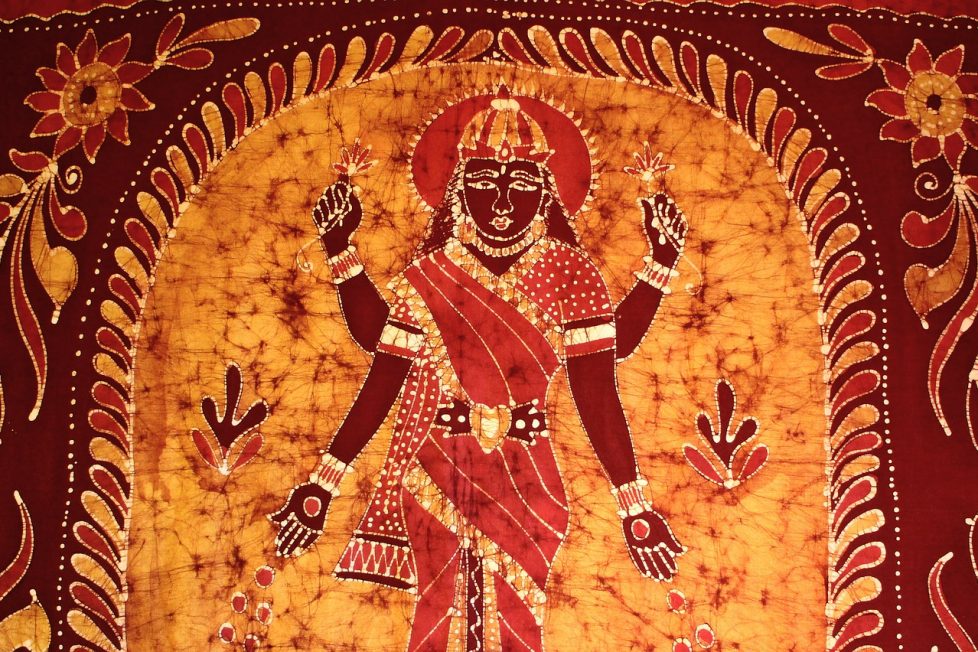How Vedic Culture is relevant today? -2


The brilliant mathematician Brahmagupta (7th century), who succeeded Aryabhatta, is credited with developing the usage of zero and being the first to apply algebra to issues in astronomy. Then came Mahavira in the ninth century, who made significant advancements in the application of fractions and the discovery of how to divide one fraction by another. Next came Bhaskara in the 12th century, who discovered spherical trigonometry and the fundamentals of calculus 500 years before Newton. He utilised it to calculate the planetary motion on a daily basis.
The Vedic system of mathematics, as described in the sutras, also reduced the number of stages in calculations to a few, whereas conventional methods would have required several steps.
Hence, it is still worthwhile to research this ancient science today.
Sushruta documented complex operations about 600 BCE, including caesareans, cataract surgery, artificial limbs, fractures, urinary stones, plastic surgery, and even brain surgery. Ancient India was familiar with the use of anaesthetic. There were over 125 surgical tools used. Several texts also contain in-depth understanding of genetics, immunology, digestion, metabolism, aetiology, physiology, and anatomy.
By the first century CE, there was a sophisticated medical system in place.
The evolution of chemistry and the manufacturing of glass, alkaline substances, and medicine were influenced by advances in medicine. In order to last for millennia, colorfast paints and dyes were created. This is evidenced by the artwork found in the Ajanta caves.
Another ancient invention that is still highly regarded in contemporary culture is Vedic art. In the Vedic tradition, art was never just a depiction of the mind of the creator. It served as a means of communicating greater truths and ideas, as well as potential realms of reality outside the range of our senses. It was always done to awaken us to a better knowledge of our existence. It was always sacred and saw the sacred in this sense. It is still used today to let other people share in a transcendental experience. It might also display the objects of our religious attention.
Vedic art or symbols are exceptional in that they can transmit the same spiritual energy, vibration, or understanding that they stand for. To put it another way, the artist’s passion and state of meditation cause the work to represent a greater reality.
This transforms the painting or symbol into a portal to the spiritual essence it contains. They serve as spiritual world windows. We can experience seeing the Divine or other divinities, God, or His companions, via that window. Darshan is more than just seeing the Divine; it also involves engaging in an interaction in which the Divine sees and is seen by it.
As a result, the deity, or the art, transcends the commonplace concepts or materials used to create it, such as paint, paper, stone, or metal, and instead becomes entirely spiritual, serving as a vehicle for the deity to manifest. As a result, the light of spiritual reality is able to enter our minds and illumine our consciousness despite the material energy’s darkness.
Everything has a meaning to communicate greater realities in sculpture and paintings. Everything, including postures, gestures, colours, tools, and weaponry, communicates a concept or goal, which frequently needs to be explained to others who don’t grasp it. Because the picture has more depth for those who can comprehend it when the inner message is known, it merits additional thought and reflection.
Like to other forms of art, dance in India was intended to convey higher spiritual ideas or Divine pastimes rather than simply being an emotional or imaginative expression of the performer. Shiva is really referred to as Nataraja, the king of dancers, in the Vedic pantheon. Shiva’s dancing also served a more important purpose. His dance was inspired by the cosmic energy that pulses throughout the universe and by the elimination of illusory energy, which allows all souls to be liberated from the illusion and achieve moksha.
In this sense, Indian traditional dance is very spiritual and frequently goes together with significant religious rituals, holy days, and festivals. Vedic dance dates back to the Paleolithic era. Natya Shastra, or “science of theatre and dance,” was written by Bharata Muni more than 2000 years ago. He argues that dance (natya) and theatre were first introduced to the inhabitants of Earth millions of years after its creation by Lord Brahma, the secondary engineer of the universe.
Today, dance has developed into a tradition that involves several schools and genres yet adheres to stringent rules. Indian households frequently require their daughters to devote at least a few years or more to such study and practise.
To communicate certain meanings, moods, and stories to the audience, a precise manner of postures, facial and hand gestures (mudras), and movements, coupled with footwork, must be taught and synced to the beat and music. Particularly in South India, several temples were renowned for maintaining sizable dancing troupes that participated in religious ceremonies and festivals.
Even the dancers can inspire a high level of spirituality in their own awareness and achieve connection between their inner selves and God when the dance is performed in accordance with the spiritual standards, which some consider as being similar to the practise of yoga. The Divine can then materialise in the stage performers as a result of the transcendental ambience. As a result, the surroundings are changed, and those in the audience may likewise get divine darshan and experience a moving elevation of consciousness. The dance is therefore divine beauty in motion. Alternatively it could be a technique for bringing the spiritual realm into our midst. Few other dance styles make an effort to do this.
Source: Crimes against India by Stephen Knapp
DISCLAIMER: The author is solely responsible for the views expressed in this article. The author carries the responsibility for citing and/or licensing of images utilized within the text.
